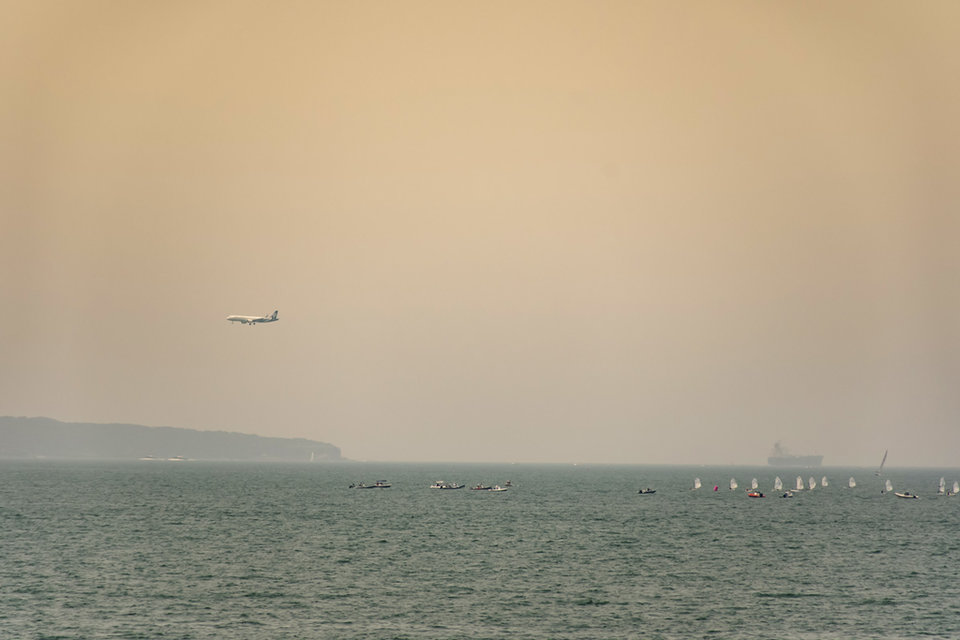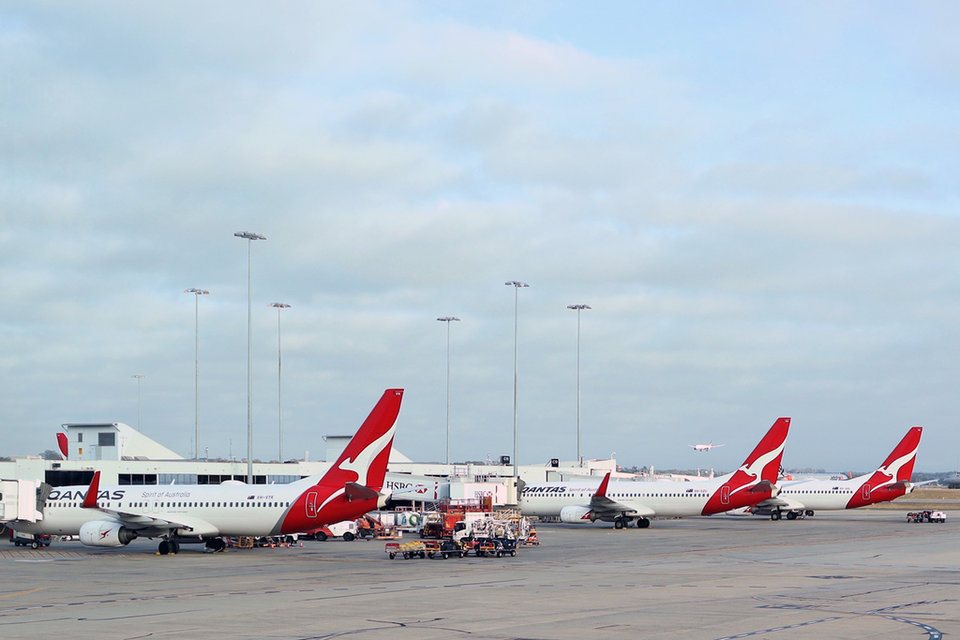Airport Operations
Australia’s bushfires and the effect on airport visibility
Fires have ravaged significant portions of Australia in late 2019 and early 2020, and while disruption to flights has been relatively small, the stark situation is a reminder of how critical technology can be. Alex Love takes a closer look at the impact of this devastating event on airports in the country.
Australia is heavily reliant on air travel, both for international traffic that brings people in and the domestic flights that are needed due to the vast distances between some towns and cities.
And while bushfires aren’t exactly uncommon in Australia, it is the sheer scale of the blazes currently tearing through sections of the country that has taken many by surprise.
At the time of writing, fires had ripped through an estimated land area of eight million hectares and the fire season has only really just begun. For the aviation industry, these fires present challenges; with the biggest being visibility.
“Heavy fires can lead to smoke, which obviously lowers visibility. This is always an issue, especially at smaller airports without ILS landing aids,” says Suren Ratwatte, a qualified pilot and former CEO of Sri Lankan Airlines.
“Flying over fires at altitude is usually not a problem. But the intensity of these seems to be of concern - in which case flight paths will have to be plotted around them.

Smoke over Sydney Australia. The bushfires caused major delays at Sydney Airport, amongst others. Image: Daria Ni / Shutterstock.com
“Smoke haze, visibility-wise, is similar to fog. However, there could be turbulence associated with the fires. Also, the smell is quite strong and the smoke haze could enter the cabin, which would alarm the passengers.
“NOTAMs issued to pilots should be identifying fire location, spread, and height of smoke. This information is usually not given as fires of this magnitude close to population centres are quite rare.
“It is an unprecedented event, but one that we will have to cope with in Australia for a while.”
For 2018-19, around 60.4 million passengers took domestic flights in Australia. For the year up to June 2019, 8.6 million aged 15 or over visited the country; this was 3% up from the previous year.
In addition, the flight between Melbourne and Sydney is the second busiest in the world, carrying approximately 9.9 million passengers in 2017.
Image:
Adverse conditions
While planes have mostly kept flying in spite of the fires, Qantas cancelled all its services into and out of Canberra for the day on 5 January due to adverse weather caused by the blazes.
Another Qantas flight from Melbourne to Canberra days later passed through an unexpected pyrocumulus cloud. These clouds are caused when extreme surface heat rises from events such as wildfires and erupting volcanoes. They also behave very similarly to more regular storm clouds. Essentially, fire ends up creating its own weather systems.
Passengers say that the sky instantly went from daylight to black and there was also turbulence. Perhaps most troubling of all is that the cloud reportedly didn’t appear on the cockpit radar in advance, meaning that pilots had to react and take avoidance action with minimal warning. Pilots increased the altitude and circled the aircraft away from the cloud until it was deemed safe enough to descend to the airport. Despite the dramatic scenes, everyone on board landed safely.
Image: SatWx Aviation
Dr Simon Proud is an expert in aviation meteorology. He is also director of the University of Oxford company SatWx Ltd – which provides airlines with near real-time information on weather hazards. He says it is not always simple to predict exactly how fires are going to behave.
“These weather systems should not be any more or less hard to see on radar than 'normal' storms,” he explains. “However, they are a bit harder to predict in forecasts as storms are themselves very dynamic and unpredictable. Fires are also - to some extent - unpredictable, as are their effects on the local weather, so putting all that together means that it's hard for forecasters to provide information about storms to pilots pre-flight.”
Fires are - to some extent - unpredictable, as are their effects on the local weather
The effects on aircraft
Most commercial aircraft today are fitted with guidance technology to ensure they can fly in adverse conditions; although fire complicates matters.
“Modern airplanes are already equipped with complex guidance systems to help land or take off in inclement weather, such as rain, sleet, snow and fog,” says Saj Ahmad, StrategicAero Research chief analyst. “Fires, however, are a different beast altogether. Any fires in the vicinity of an airport would almost certainly mean the airport closes or all flights remain grounded.”
“So while the technology is there, the real risk posed by the devastation that fire can cause means that safety comes first and I very much doubt anyone would allow an airport to operate with wildfires in close proximity.”
Another issue is the ash and smoke from bushfires. Although it does not cause the same problems as volcanic ash - which has coarse particulates that can damage aircraft - the exact effect that bushfire ash and smoke have on aircraft is not fully known.
“There isn't much knowledge of the effects of fire products - ash and smoke - on aviation,” adds Dr Simon Proud. “Ash from fires is very different from volcanic ash, though, so I doubt there will be the significant effects on aircraft engines, for example, that occur with flight through volcanic ash.
“That said, there are still hazards due to low visibility because of the smoke, fire-related gases entering the aircraft atmosphere, which have the potential to be health hazards; effects on pitot sensors and engines due to ash ingestion. There are also hazards due to the weather conditions caused by fires, such as the large thunderstorms - hail, lightning, turbulence, etc.”

Smoke from the bushfires over Melbourne Airport. Image: Dorothy Chiron / Shutterstock.com
It is clear that more research will need to be carried out to assess the effect of ash and smoke on planes, especially if blazes of this severity become more commonplace. Smaller airports and the planes using them will need to upgrade their landing systems should limited visibility become a regular issue.
“While jet engines are rigorously tested, there is always the risk of airborne contaminants/particles and debris that could hamper engine performance,” adds Saj Ahmad.
“This is why huge fires such as those that we’ve seen across Australia are both devastating and serious to the point where no risks would ever be taken for any commercial flight in such a vicinity.”
Some are predicting that fires of this scale will become more common if the most serious effects of climate change come to pass. If the worst-case scenario does unfold, then new technologies will need to be developed and installed on commercial aircraft flying to affected parts of the world.
There isn't much knowledge of the effects of fire products - ash and smoke - on aviation